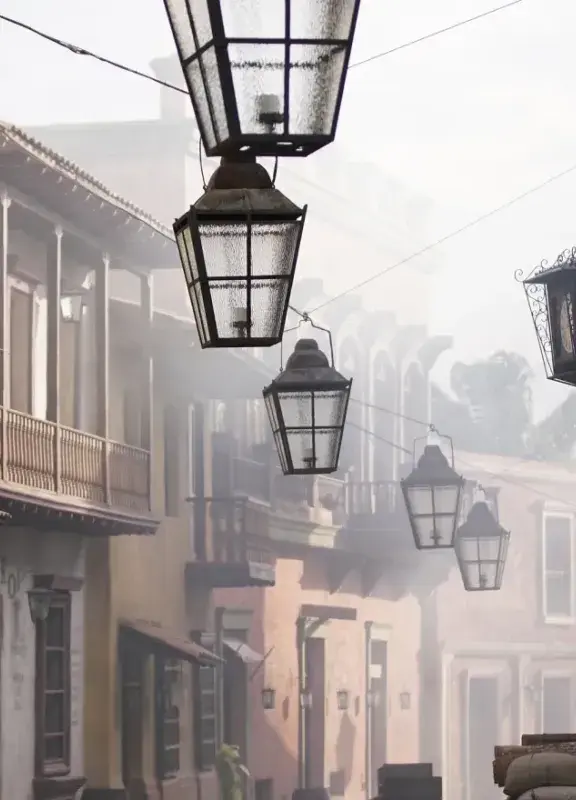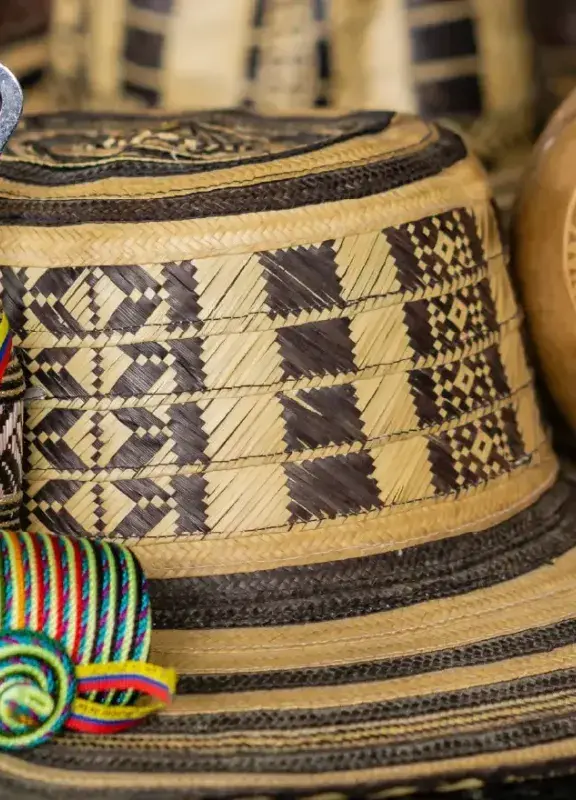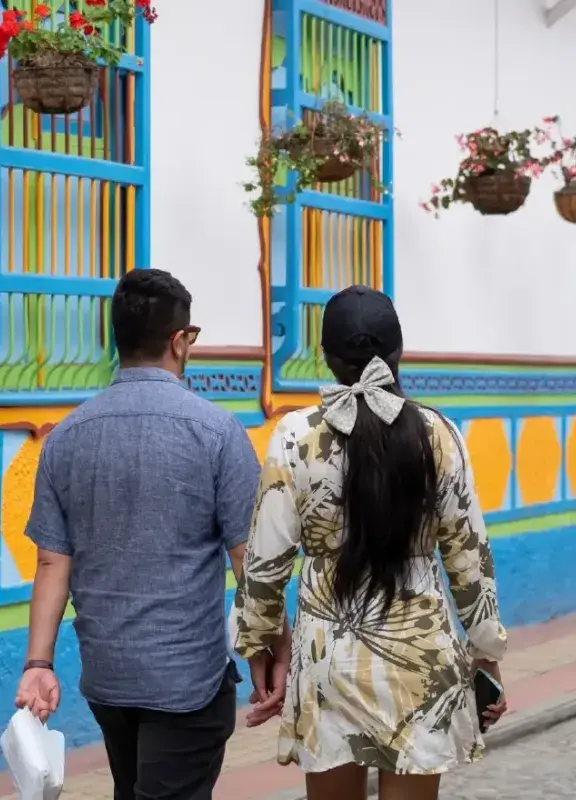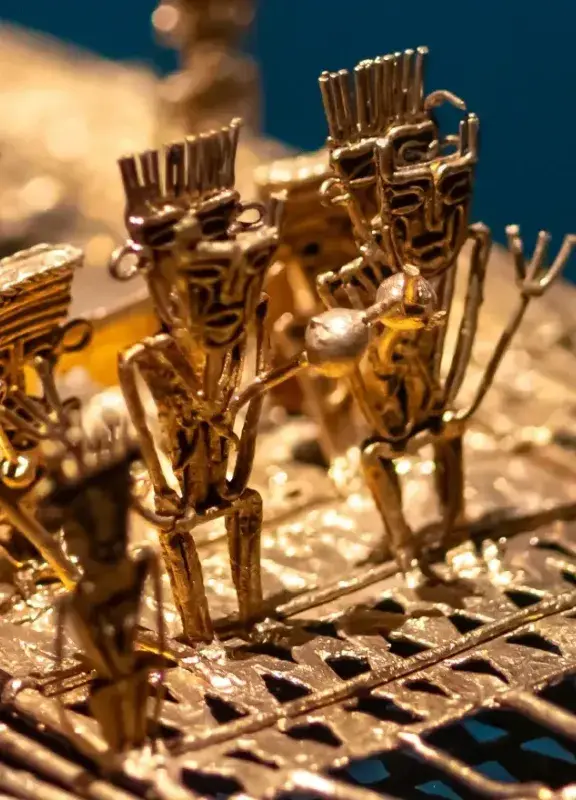Curious insects of Colombia
Around 10% of the world's species live in Colombia, and that explosion of diversity includes billions of insects—about 30,000 species, which scientists expect to double as they continue discovering new ones. Here are four Colombian insects you might come across.
Giant Butterfly Moth
Colombia has at least 21 different species of castniidae, also known as the Giant Butterfly Moth, but don’t be fooled by that number. Many species of this enormous moth, often mistaken for a butterfly, are rare due to their restricted geographical ranges and the fact that they are often endemic.
You can also read: Colorful Colombian Coral)
The only reason Colombia has so many species is because of our incredible diversity. The curious thing about these moths, which mostly fly during the day, is that Colombians don’t really like them. They tend to be black or very dark brown, and Colombian superstition says that their presence foretells an imminent death (you might want to think twice before asking a Colombian to pose with one for a photo).

Praying Mantis
The praying mantis (mantis religiosa in Spanish) is the world’s best-known mantis. It’s unique among insects because it can rotate its head a full 180 degrees, and it’s usually bright green or tan, growing up to 7.5 cm (about 3 inches) long. This insect is called a praying mantis because it holds its front legs together as if in prayer while waiting for its prey.
The praying mantis had its 15 minutes of fame in Colombia during the 2014 World Cup when a huge green mantis landed on the beloved Colombian striker James Rodríguez after he scored against Brazil—and stayed with him during the celebration!
You can also read: Six incredible Colombian animals you have to see in the wild)
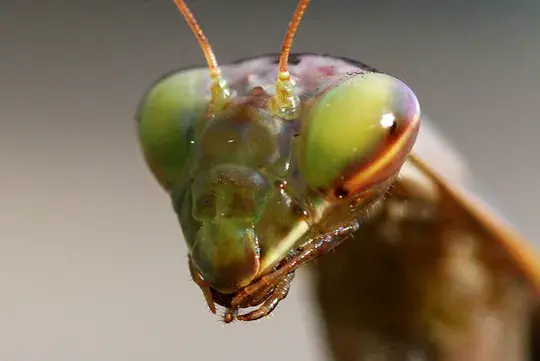
Caterine Ibargüen Jumping Spider
The maeota ibargueni is a jumping spider named after Colombian triple jumper and Olympic medalist Caterine Ibargüen. The tiny spider was discovered by a master's student from the National University of Colombia in the Otún Wildlife Sanctuary in Quimbaya, Risaralda. It can grow up to 5.5 mm long but can jump up to 15 times its body length, thanks to an incredible pressure change in the liquid of its hind legs.
You can also read: Colombia’s famously fearsome animals
This spider is also recognizable by a huge crest on the males’ bodies, which they use to attract females. Ibargüen, originally from Apartadó, Antioquia, won a silver medal at the London 2012 Olympic Games and said she was honored to share her name with such an athletic spider.
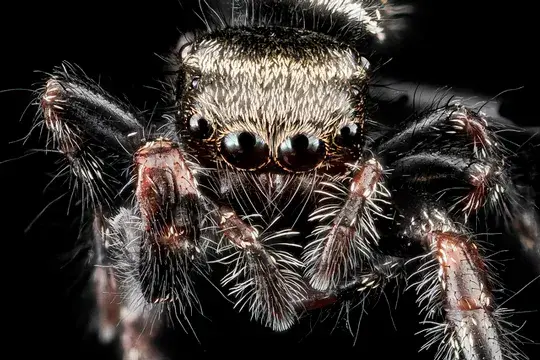
Nairo Quintana Beetle
Colombian cyclists have long been associated with beetles, earning the nickname due to their strength and persistence climbing mountains in the world’s toughest cycling races. But now it’s official: the oxelytrum nairoi was discovered in Restrepo, Meta, in Colombia’s eastern plains, and was named in honor of one of Colombia’s most beloved cyclists, Nairo Quintana. It can grow to about 24 mm long, with a 10 mm wide body and a 2 mm head. It’s almost entirely black and has huge eyes, suggesting it is active at night.
This insect is described as a “ghoul” because it prefers feeding on invertebrate remains rather than hunting live prey—unlike its namesake, who hunted down many cyclists on his way to winning the Giro d’Italia and finishing second twice in the Tour de France.

Want to meet these curious insects in their habitat? Live this experience in Colombia.
You might also be interested in:
 Welcome, you are in
Welcome, you are in 








